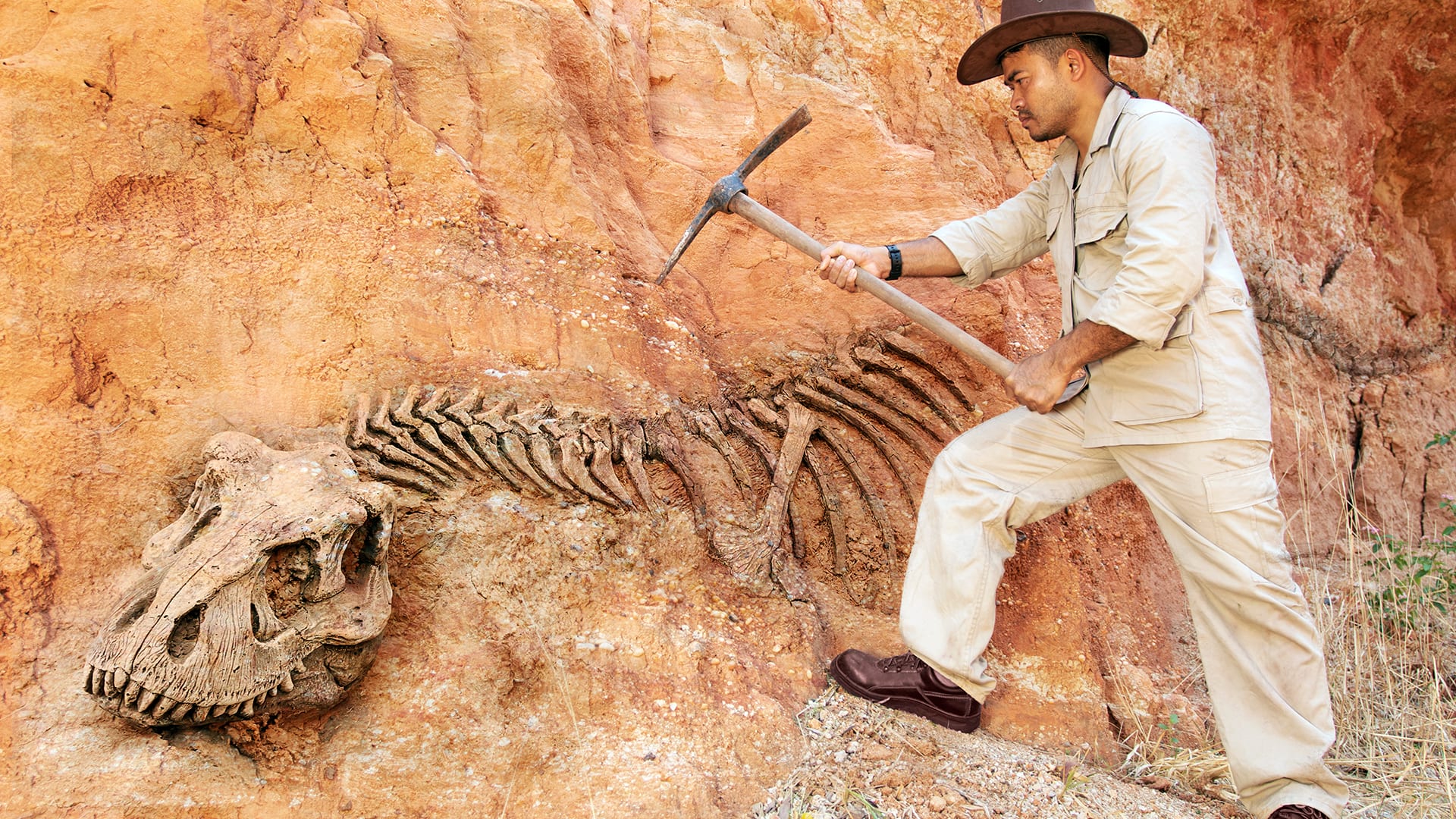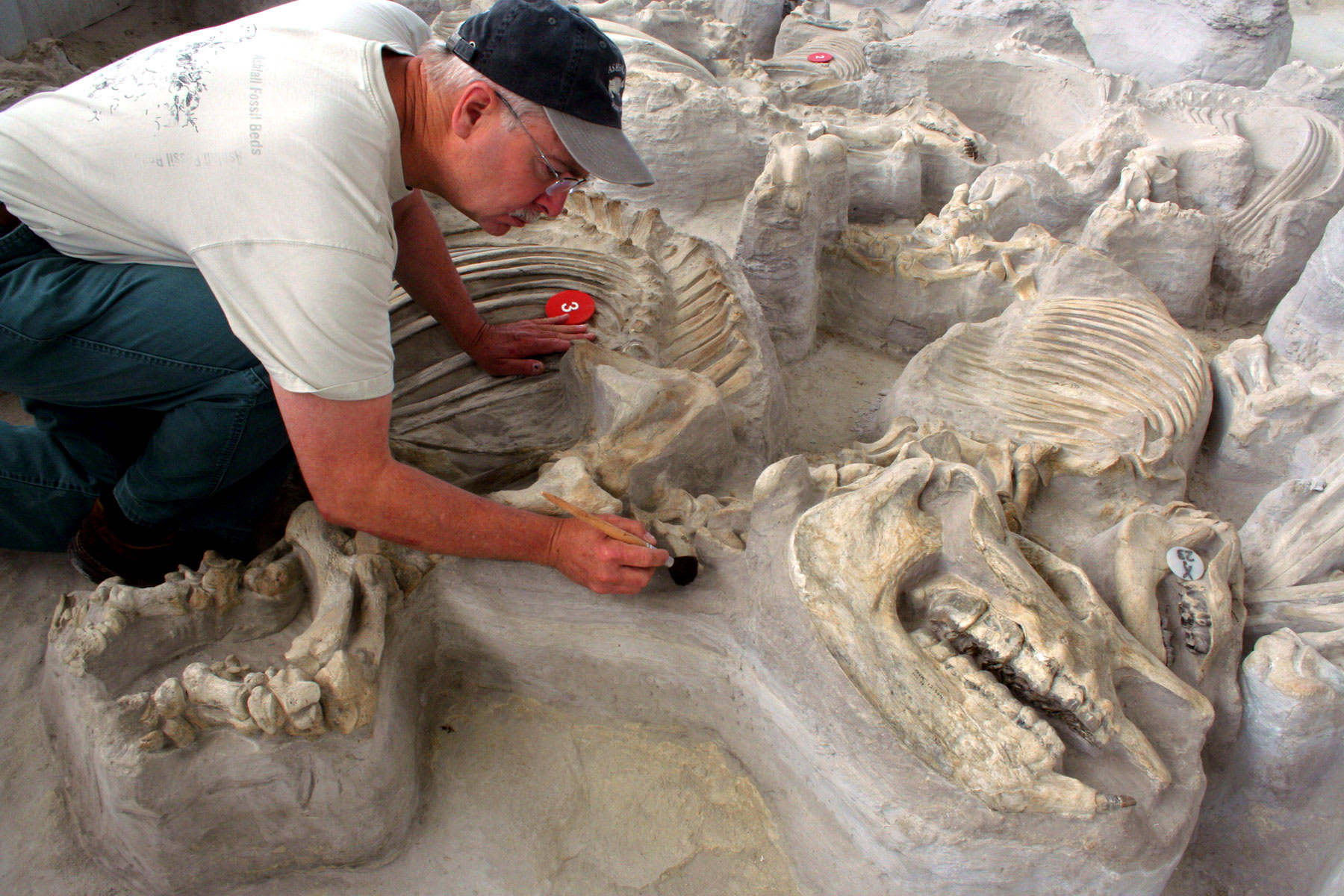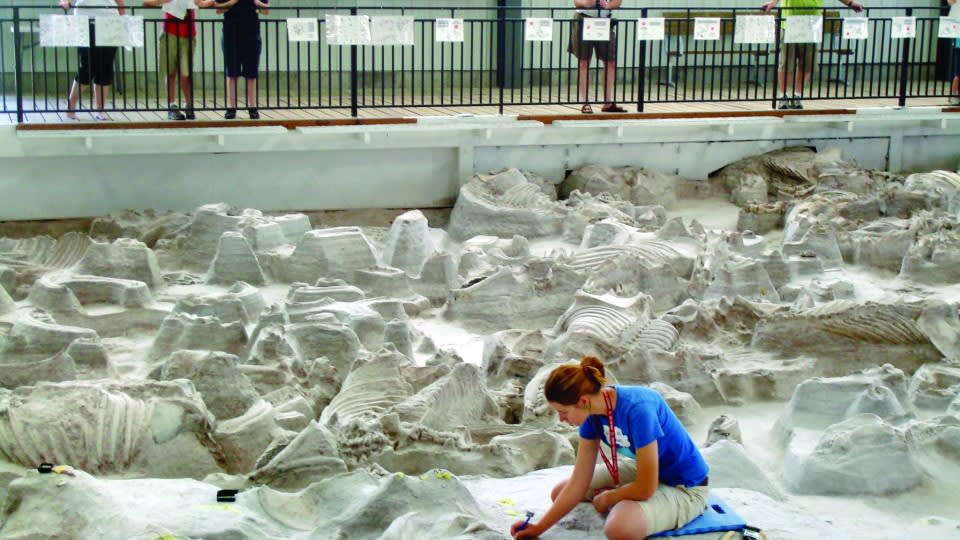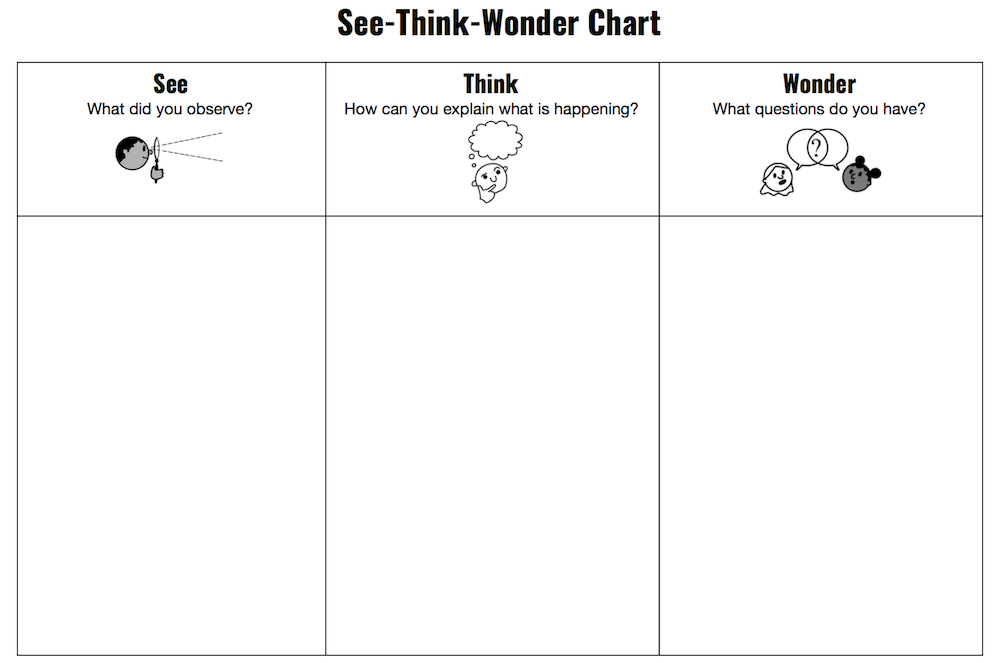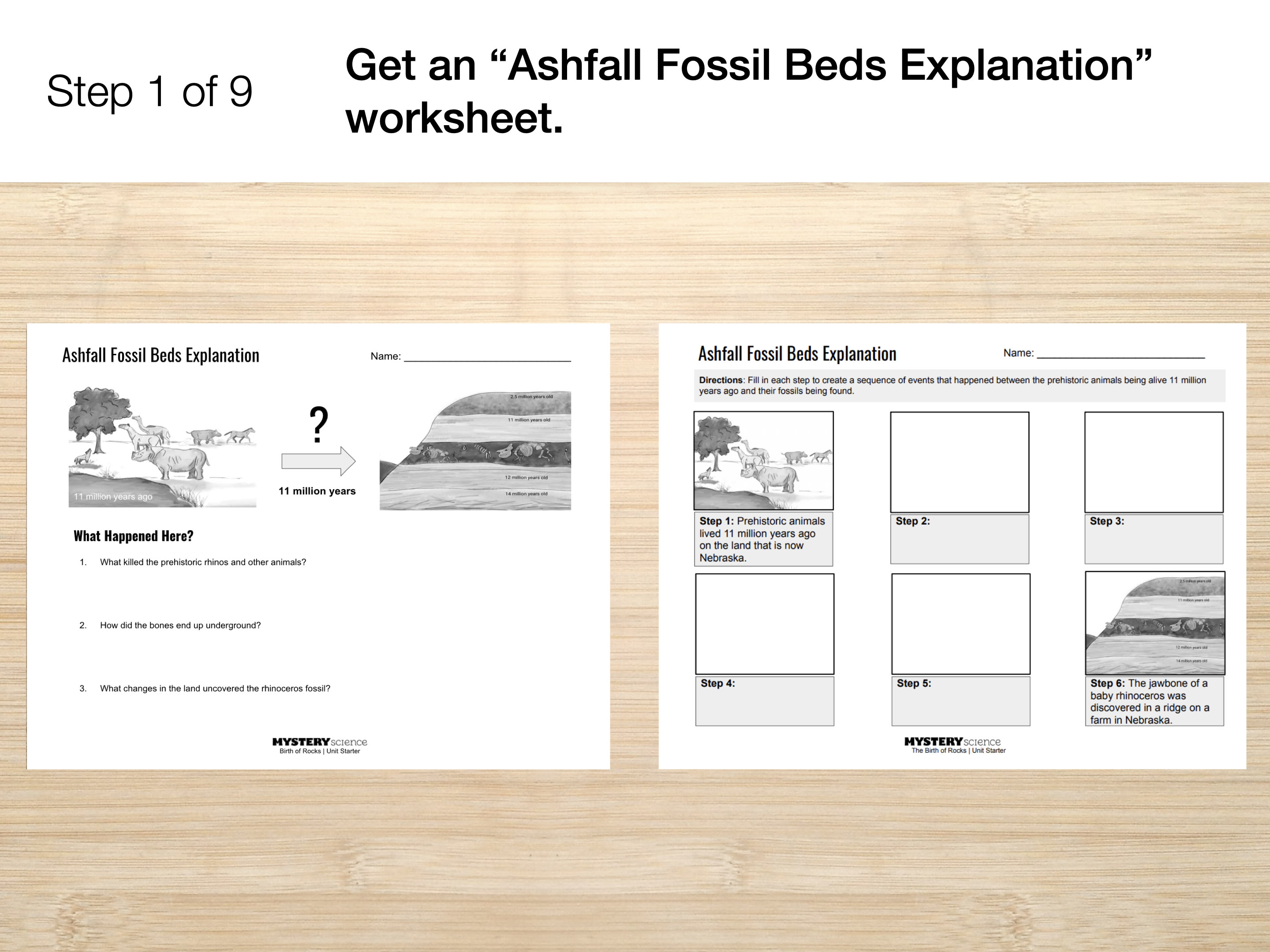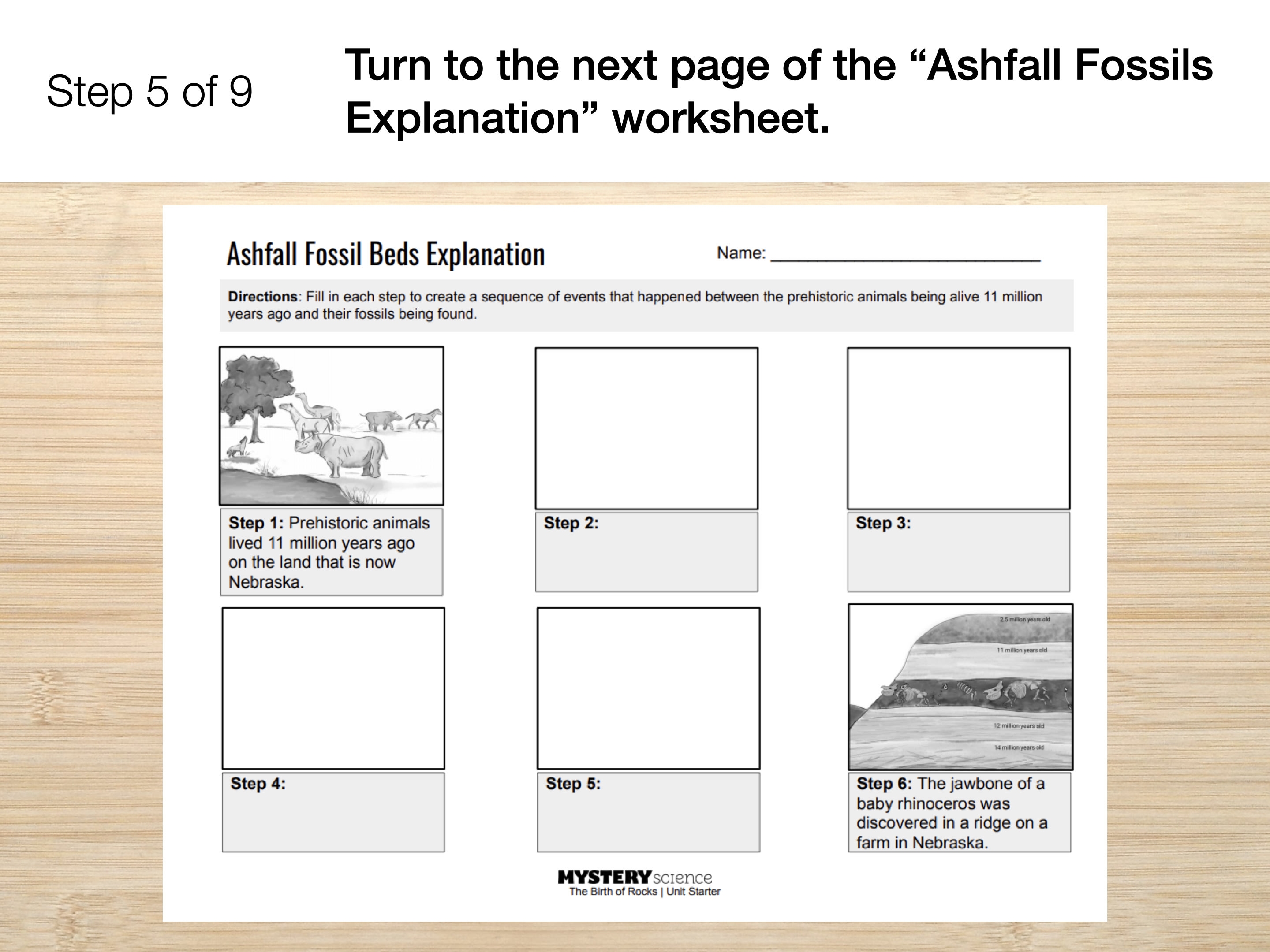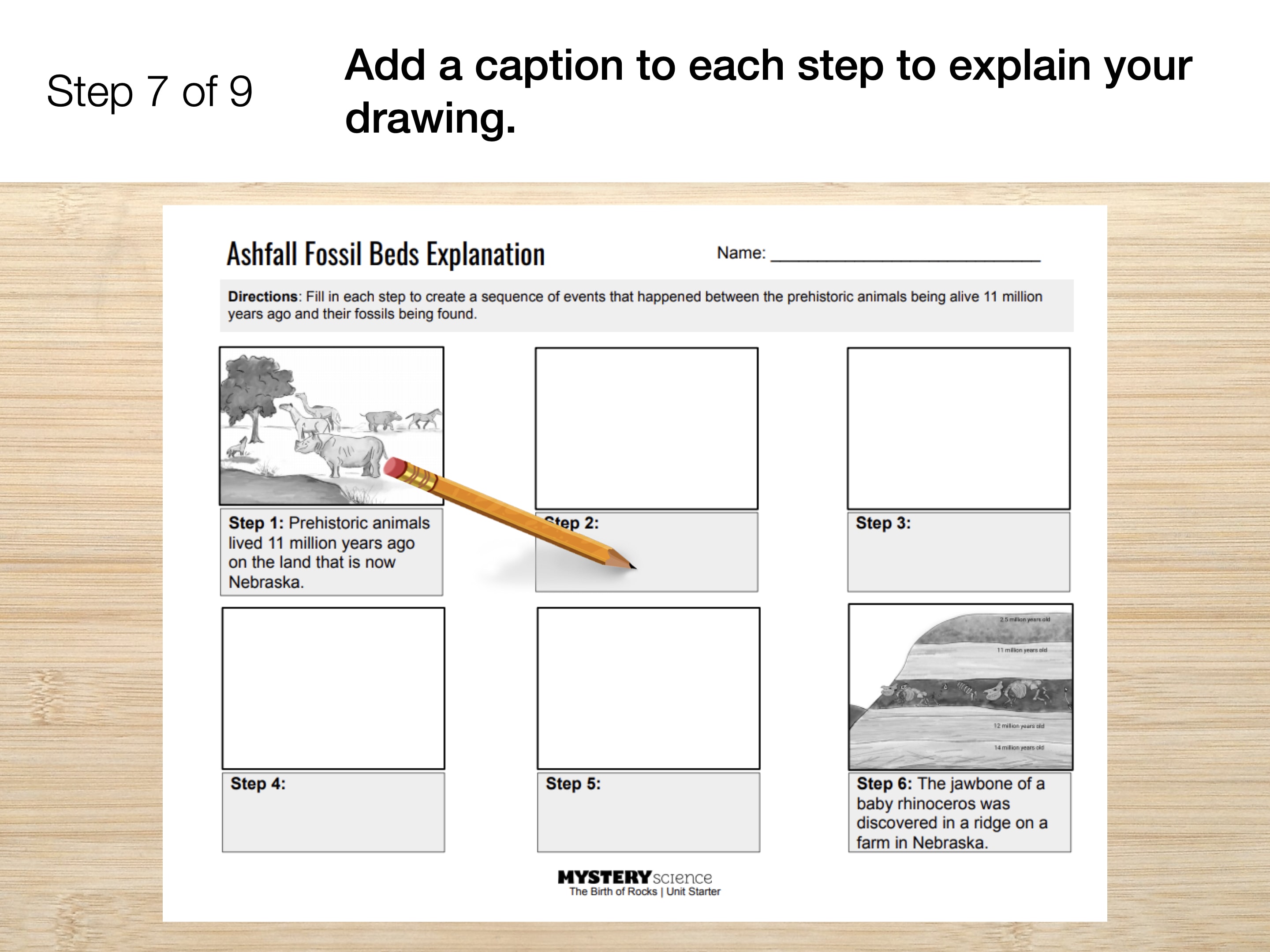Image & Video Credits
Mystery Science respects the intellectual property rights of the owners of visual assets.
We make every effort to use images and videos under appropriate licenses from the owner or by
reaching out to the owner to get explicit permission. If you are the owner of a visual and
believe we are using it without permission, please
contact us—we will reply promptly and make
things right.
Other
Ashfall Fossil Beds - Teleoceras female and calf by
Image used under license from Alamy.com: Archive PL
Ashfall Fossil Beds State Historic Site, Nebraska by
Image used with permission from: Lisa Kern
Ashfall Fossil Beds Teleoceras female and calf by
Image used with permission and under public domain through Ammodramus
Ashfall beds rhino jaw by
Image used with permission from: UNL
Ashfall fossil beds, NE by
Image used with permission from: Bubblybabs L
Ashfalls by
Image used with permission from: Discover North East Nebraska
Collection of Assorted Paintbrushes Isolated on a White Background by
Image used under license from Shutterstock.com: Bryan Solomon
Mud texture by
Image used under license from Shutterstock.com: Lightsprings
Rhino skull in sun by
Image used under license from Shutterstock.com: Nora Marie
palentologist at work by
Image used with permission from: news.unl.edu
